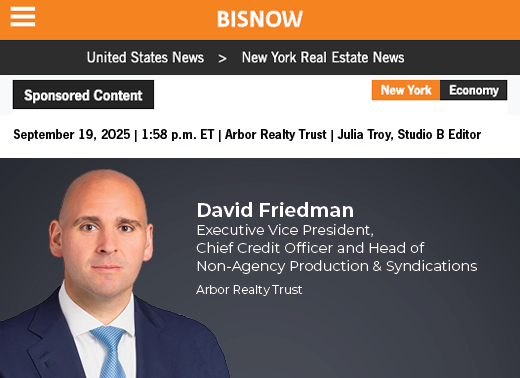
Arbor Realty Trust EVP David Friedman spoke with Bisnow about the state of commercial real estate finance and how Arbor is working to remain at the forefront of multifamily lending.

Arbor takes pride in empowering employees to reach their full potential, helping to strengthen our clients and communities. With that aim, our company supported the Fifth Annual Smile Farms Invitational golf outing in Jericho, NY, on September 16, benefiting the Long Island-based non-profit dedicated to advancing opportunities for people with disabilities.
Unless an 11th-hour agreement is reached, a political impasse over budget legislation for the next fiscal year will trigger a federal government shutdown. Starting October 1, 2025, many non-essential federal government operations could potentially be limited or suspended, but most multifamily financing activities will not be disrupted.
Arbor Private Construction (APC), Arbor’s newest non-agency financing product, has seen robust demand during the first half of 2025, with high-profile transactions closed in strong markets like Surfside, FL, and Philadelphia, PA. Designed for shovel-ready projects, APC is a dynamic program expanding premium rental housing options in primary markets.
Structured Financing Preferred Equity
Structured Financing Mezzanine Loan Program Term Sheet
Structured Financing Bridge Loan Program
Arbor Private Construction (APC)
Arbor’s Single-Family Rental Investment Trends Report Q3 2025 documents the increasing strength and resiliency of the sector as it transitions to stable growth after a long period of rapid expansion. Rent growth remained positive last quarter, pushing up property-level yields as robust build-to-rent (BTR) construction activity continued to boost supply to a marketplace in need of quality rental housing.